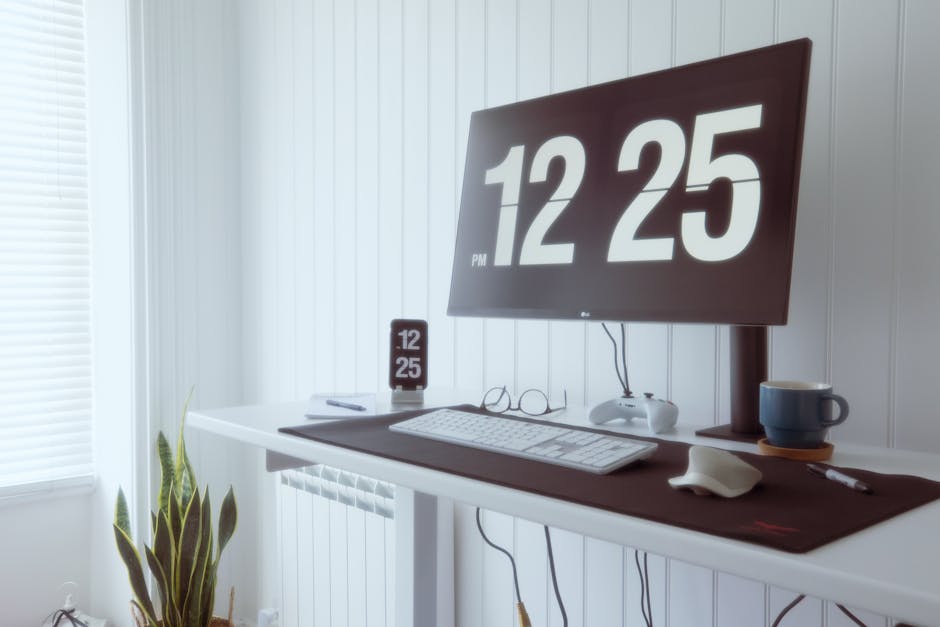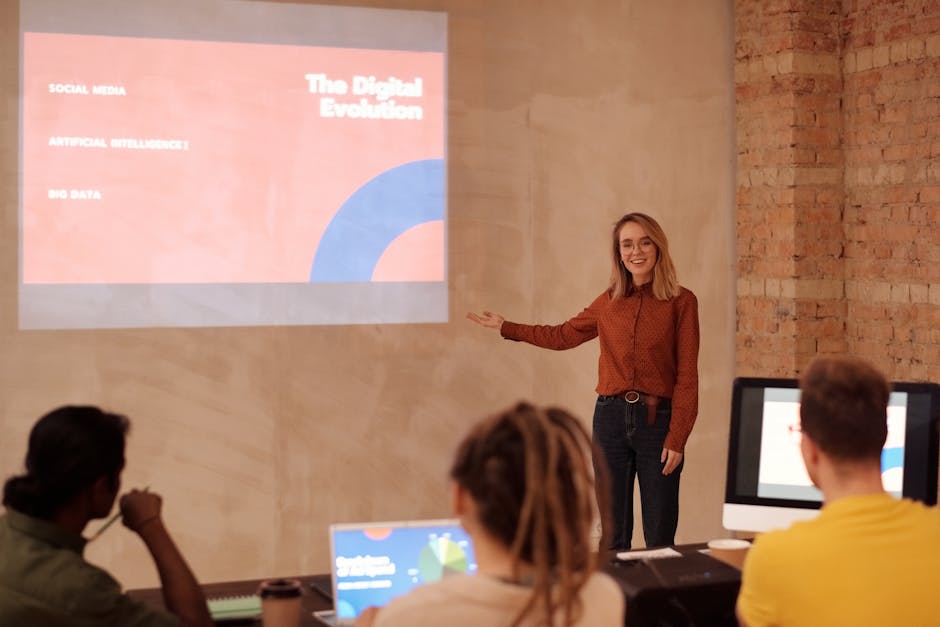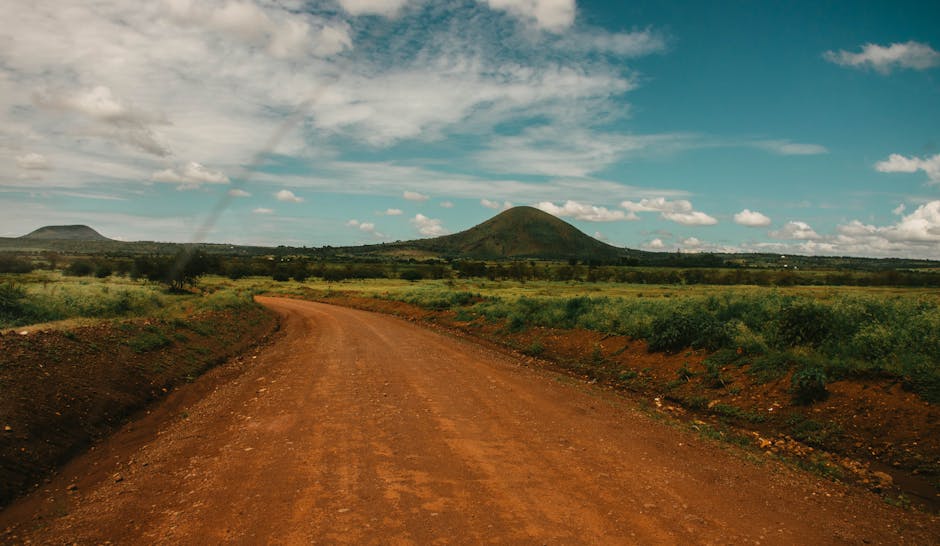A Calendar Marked by Displacement
For most of us, two years is a measure of growth, of change, of seasons turning. It’s enough time for a child to learn to walk and talk, for a project to go from blueprint to reality. But for an Al Jazeera journalist on the ground in Gaza, two years is not a measure of time. It’s an eternity measured in airstrikes, a calendar marked by displacement, and a lifetime lived under the constant, humming presence of drones.
Reflecting on 24 months of relentless conflict, the story is no longer about singular events. It’s about the suffocating accumulation of loss. An Al Jazeera reporter’s reflection on the war in Gaza shows how the initial shock of the offensive has long since given way to a grim, protracted siege on life itself. The reporter, who once rushed to the scene of a bombing, now lives in a city where every scene is a bombing, past or potential. The narrative has shifted from breaking news to a heartbreaking chronicle of survival against impossible odds.
When the Reporter Becomes the Story
The first thing that erodes, the reporter’s reflection suggests, is professional distance. The line between observer and victim blurs and then vanishes completely. How can you report objectively on a famine when your own children are hungry? How do you file a story about the collapse of the healthcare system from a makeshift tent outside the ruins of what was once the city’s largest hospital?
This war has been particularly brutal for the press. The press vest, once a symbol of neutrality, has felt more like a target here. This reflection from Gaza is haunted by the ghosts of colleagues. Names like Samer Abu Daqqa and the family of Wael Al-Dahdouh are not just professional losses; they are personal, gaping wounds for any journalist covering this conflict. It’s the ultimate journalistic horror: your own life, your own family, becoming the story you never wanted to report.
The New Landscape of Tragedy
Over two years, the very grammar of this tragedy has changed. The destruction is no longer a spectacle of twisted metal and rubble; it’s the new landscape. The towering skeletons of apartment blocks are the new skyline. The queues for a bucket of brackish water or a piece of bread are the new social gatherings. The journalist’s job has evolved from documenting explosions to explaining the slow, methodical dismantling of a society. It’s about conveying the psychological toll of raising children who have never known a day of peace, who can distinguish between the sound of a fighter jet and an attack drone.
The reporter’s reflection on two years of war in Gaza is not one of geopolitical analysis or military strategy. It’s a profoundly human one. It speaks of the exhaustion that seeps into your bones, a weariness deeper than lack of sleep. It also speaks of the flicker of resilience in a doctor performing surgery by the light of a mobile phone, or a teacher holding a class in the shadow of a ruined building.
A Plea Not to Look Away
As the world’s attention span inevitably wanes, moving on to the next crisis, the Al Jazeera reporter’s testimony serves as a vital, painful anchor. It’s a plea to not normalise the unthinkable. In an age of information warfare, the act of verifying a death toll, of filming the face of a grieving mother, of simply being there, is an act of resistance against erasure.
After two years, the story is no longer just about a war. It’s about memory, accountability, and the sacred duty of journalism to tell the truth, one devastating dispatch at a time.




